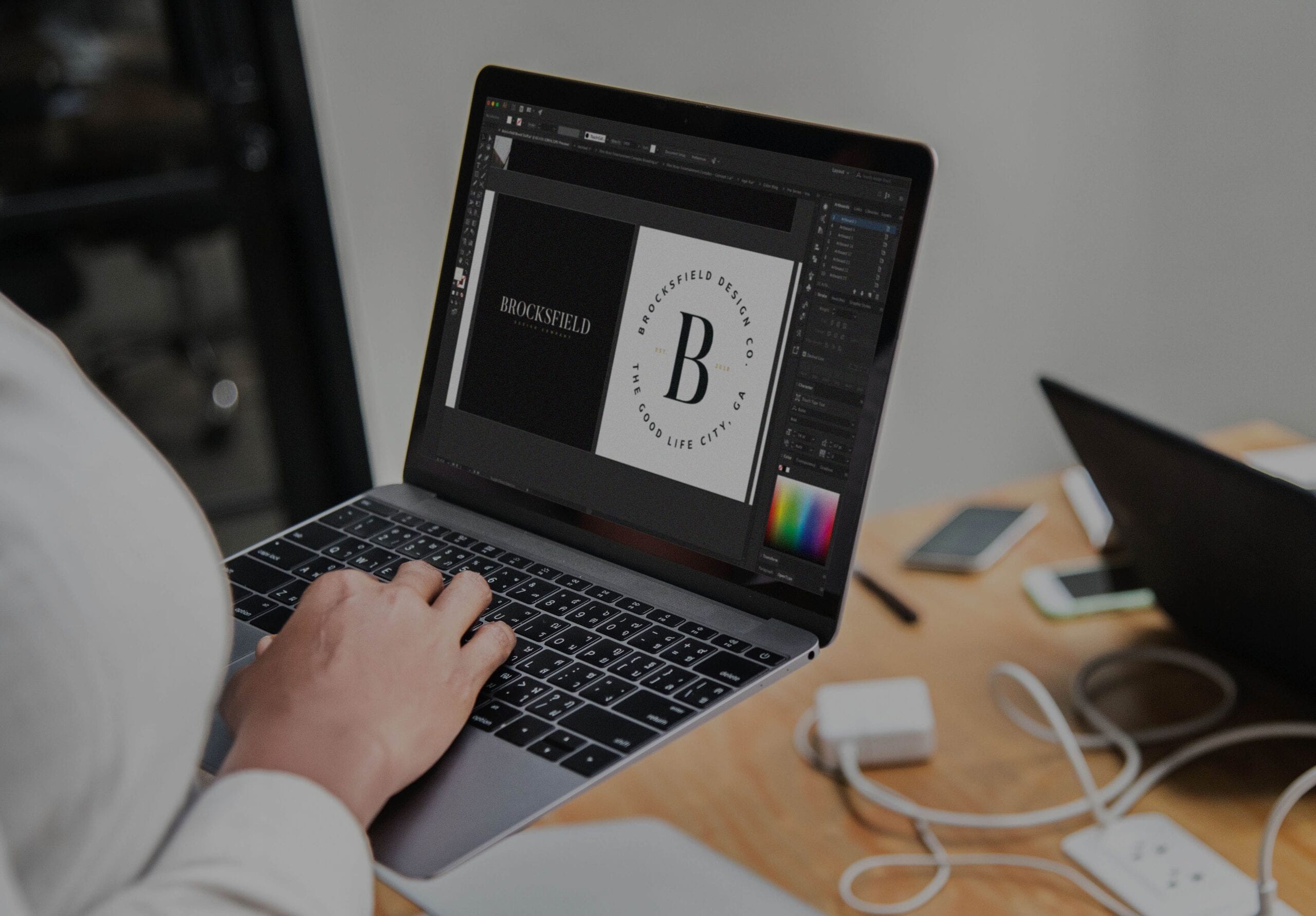Have you ever been asked to send your logo file to a print shop or marketing agency? If so, you may have wondered why you have to get a certain file instead of just sending the one you always used. Knowing the difference between logo files becomes a necessity for anyone trying to print, market, or use a logo on the web. Files for your logo will fall into two categories: raster and vector. Here is the difference:
Raster Files
Most common file extensions: .jpg, .gif, .png, .tif
Used for: photography, web
- Created using a grid of pixels to define the image. Each pixel is assigned a color value and all of the pixels together create the image.
- When you attempt to increase the size of an image created in a raster based program, the pixels defining the image can be increased in either number or size.
- Increasing the number of pixels or making the pixels bigger in an image results in the original data being spread over a larger area. Spreading the pixels over a larger area causes the image to begin to lose its detail and clarity, which causes the image to become blurry.
In the example below, the left side represents the original file and the right side represents the scaled version. Notice that the quality of the image decreases as you increase the size.

Vector Files
Most common file extensions: .ai, .eps, .pdf, .svg
Used for: print publishing, billboards, web, logos
- Made using mathematical equations to define the shapes and points of the image.
- If the image is increased in size, the equation is recalculated accordingly, resulting in the image increasing in size with no loss of data or detail.
- As a result, resolution (quality of the image at varying sizes) is not an issue in Illustrator (the image does not appear blurry).
- Saved file sizes are smaller when created by Illustrator because everything is defined mathematically rather than by pixels.
In the example below, the left side represents the original file and the right side represents the scaled version. Notice that the quality of the image DOES NOT decrease as you increase the size.





